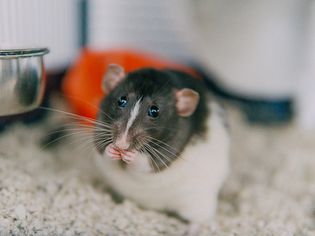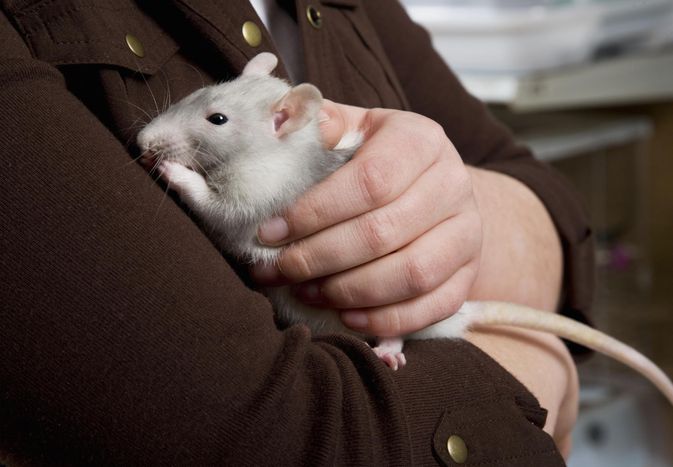Training Your Pet: Effective Methods for Behavior Correction
Addressing unwanted pet behaviors requires understanding, consistency, and scientifically proven techniques. Punishment often damages trust and fails to address root causes. Instead, effective behavior correction focuses on communication and positive reinforcement.
Core Principles for Success
Identify the Trigger: Pinpoint why the behavior occurs (boredom, fear, attention-seeking).
Consistency is Key: Everyone in the household must respond identically to the behavior.
Timing Matters: Corrections or rewards must happen within seconds of the behavior.
Patience & Realistic Expectations: Behavior change takes time and repetition.
Most Effective Correction Techniques
Positive Reinforcement: The Gold Standard
How it works: Immediately reward desired behaviors, making them more likely to repeat. Ignore or redirect unwanted behaviors.
Application:
Dog sits instead of jumping? → Reward with a treat/praise immediately.
Cat uses scratching post? → Reward with affection or a treat.
Tools: High-value treats, clickers (marks the exact desired behavior), praise, toys.
Redirection: Offering an Alternative
How it works: Interrupt the unwanted behavior and guide the pet towards an acceptable alternative.
Application:
Puppy chewing furniture? → Calmly say “Oops,” remove them, and offer an appropriate chew toy. Praise for chewing the toy.
Cat scratching the sofa? → Gently move them to a nearby scratching post and reward use.
Environmental Management (Antecedent Arrangement): Preventing Practice
How it works: Modify the environment to make unwanted behaviors impossible or difficult, and desired behaviors easy.
Application:
Dog counter-surfing? → Keep counters clear of food and use baby gates.
Cat jumping on fragile shelves? → Use double-sided tape or provide appealing cat trees/perches nearby.
Dog barks at passersby? → Block visual access to the window with film or curtains during peak times.
Negative Punishment (Removing Something Desired):
How it works: Temporarily removing a valued resource (like attention or access) contingent on an unwanted behavior, decreasing that behavior.
Crucial Note: This is NOT physical punishment. It’s withdrawal of a privilege.
Application:
Dog jumps for attention? → Turn away completely (remove attention) until all four paws are on the floor, then reward.
Cat bites during play? → Immediately say “Ouch!” and end the play session (remove the fun).
Differential Reinforcement:
How it works: Reinforce an incompatible behavior while ignoring the unwanted one.
Application:
Dog barks excessively at the doorbell? → Train “Go to Mat” command before ringing the bell. Reward heavily for staying on the mat quietly. Ignore barking.
What NOT to Do: Common Mistakes
Physical Punishment (hitting, yelling, alpha rolls): Creates fear, anxiety, and potential aggression; damages the human-animal bond; rarely teaches the correct behavior.
Inconsistent Responses: Confuses the pet and undermines training.
Delayed Reactions: Pets cannot connect a correction minutes later to their action.
Punishing Fear/Anxiety: Makes the underlying anxiety worse.
When to Seek Professional Help
Consult a certified professional (Certified Applied Animal Behaviorist - CAAB or Associate Certified Applied Animal Behaviorist - ACAAB, or a veterinary behaviorist - DACVB) if:
Behaviors are severe (aggression, extreme fear, self-harm).
There’s a risk of injury to people, other animals, or the pet.
Progress stalls significantly despite consistent effort.
Underlying medical issues might be contributing (always rule this out with a vet first).
Conclusion: Building Trust, Not Fear
Effective behavior correction hinges on understanding your pet’s motivation, preventing rehearsal of bad habits, and consistently reinforcing the behaviors you want. Positive reinforcement, redirection, and environmental management build trust and create lasting change. By focusing on clear communication and rewarding desired actions, you cultivate a harmonious relationship with your well-behaved companion. Be patient, consistent, and kind – the results are worth it.










Comments on "Training Your Pet: Effective Methods for Behavior Correction" :